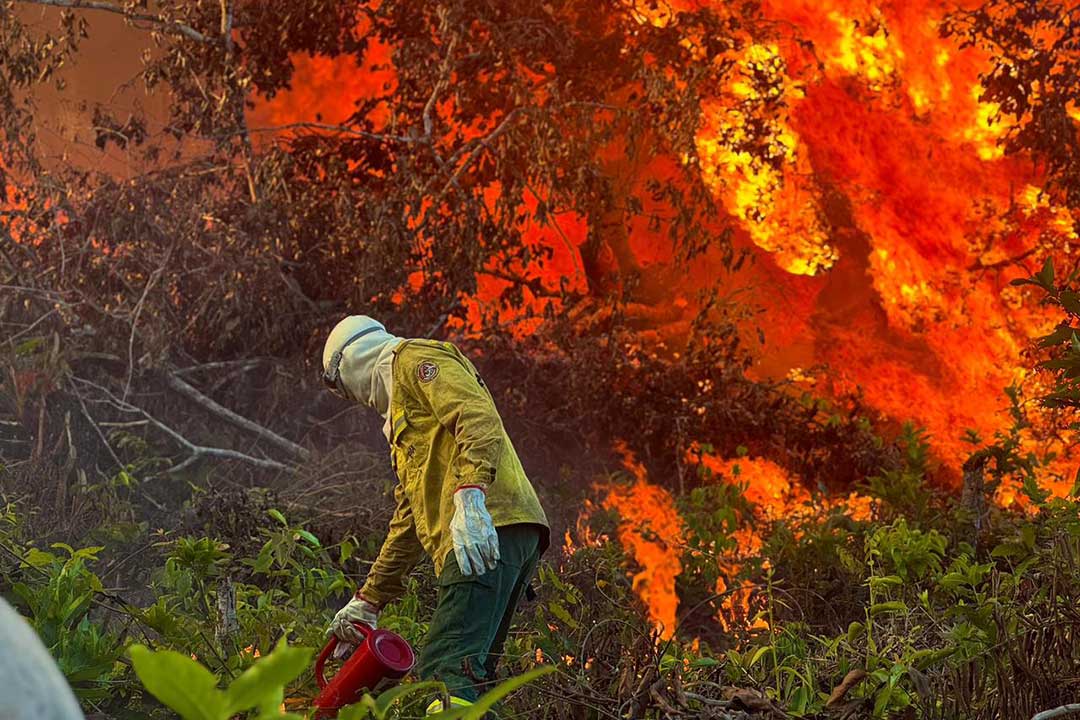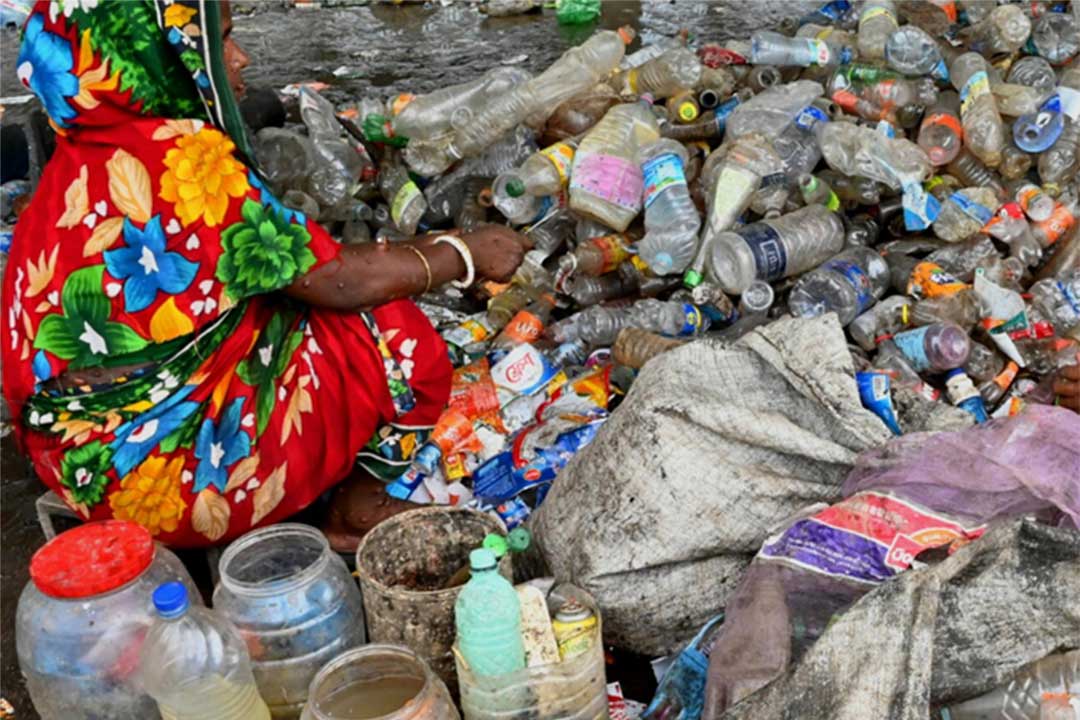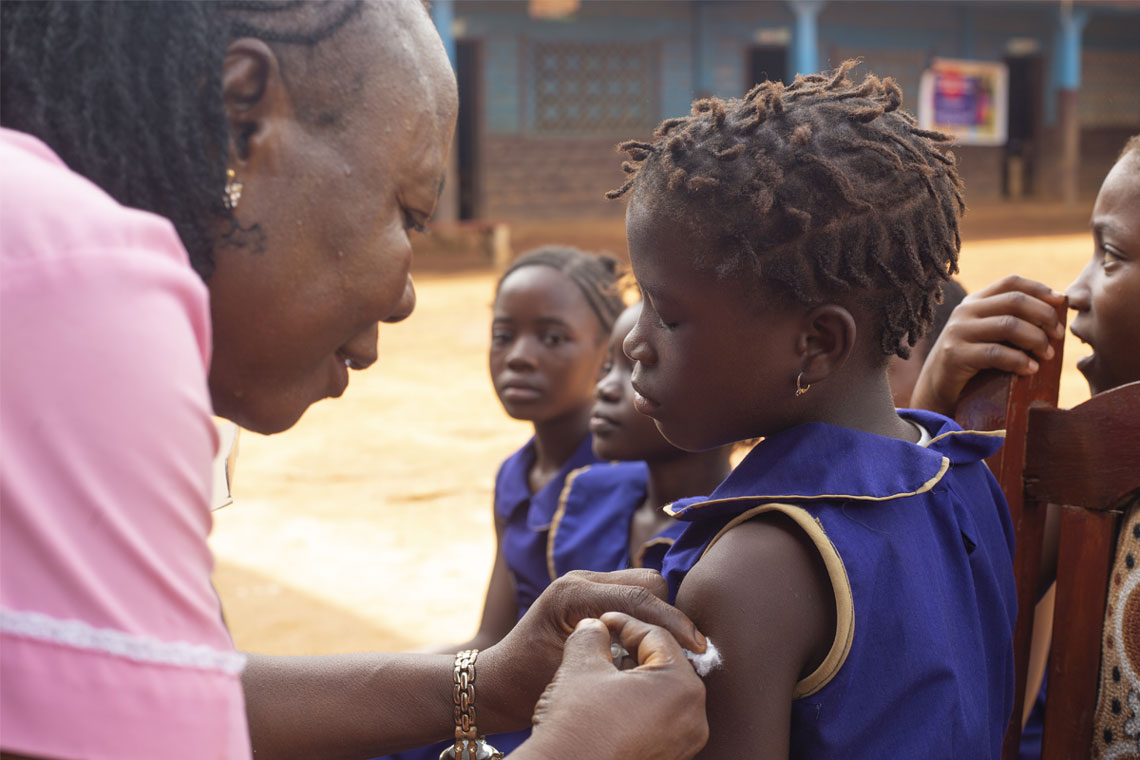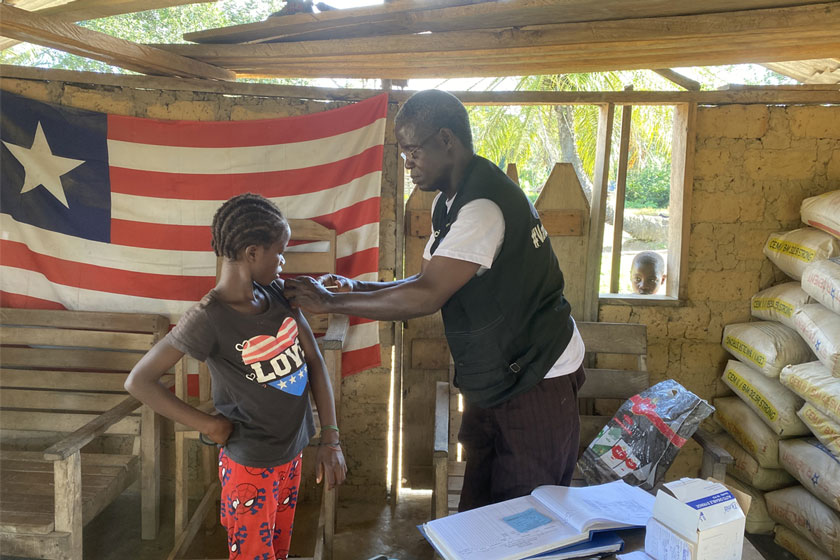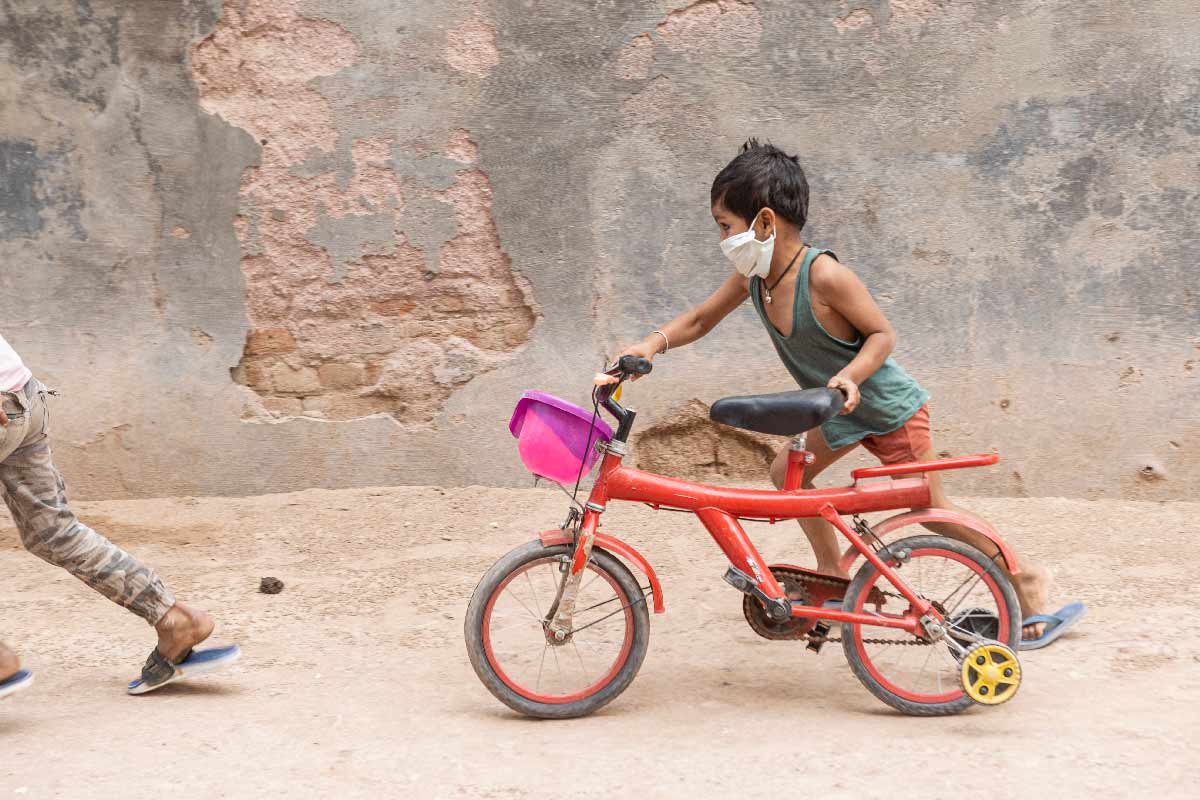As climate change burdens grow, community mental health alarm bells ring
People worldwide are struggling emotionally with the relentless escalation of the climate crisis, and reports show that climate change-related threats to mental health and well-being are increasing.
- 25 August 2025
- 12 min read
- by Mongabay
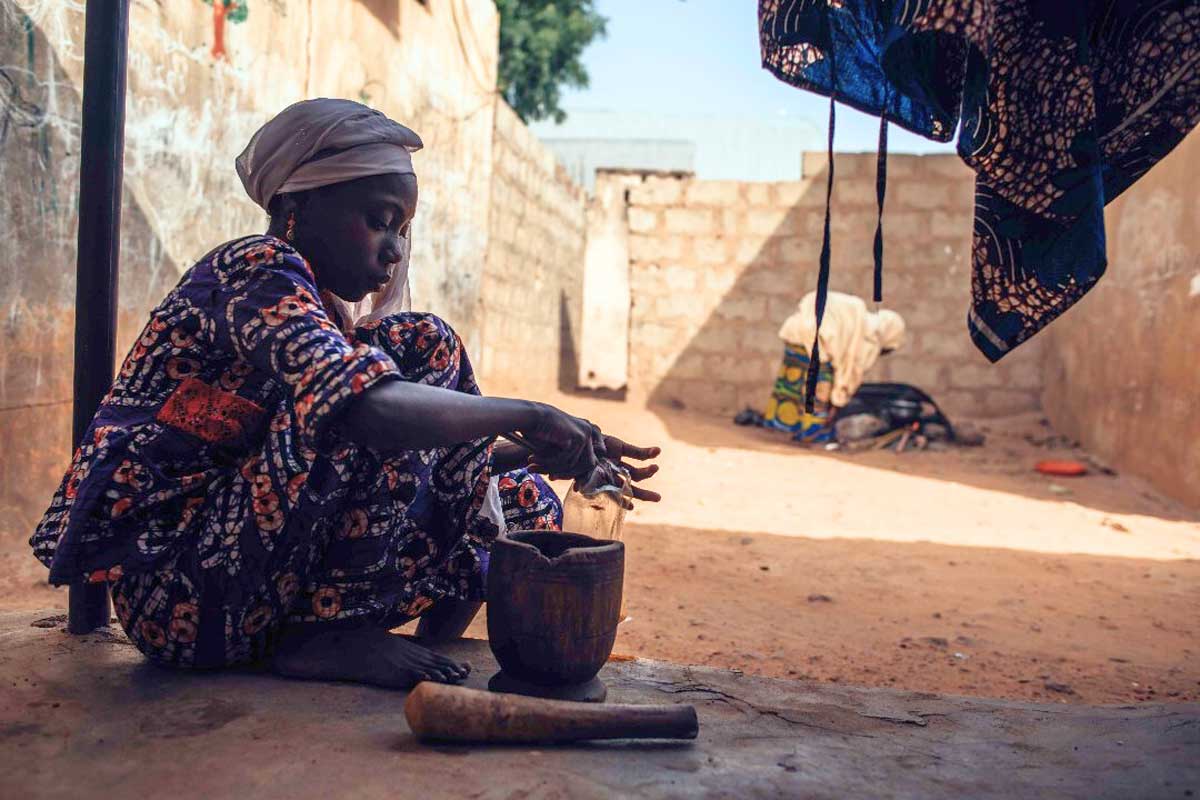
- People worldwide are struggling emotionally with the relentless escalation of the climate crisis, and reports show that climate change-related threats to mental health and well-being are increasing. But this story goes beyond statistics to look at the impacts on communities, families and individuals in the developing world.
- Stories presented here tell of anxiety, depression, anger and sadness in the face of large-scale changes to communities and personal lives, mostly due to factors out of people’s hands, which leave them feeling powerless. The problem is especially acute in poorer vulnerable communities lacking sufficient mental health services.
- The current global capacity to deal with a climate change-induced mental health emergency is inadequate, say experts who are calling for the prioritization of mental health support as an integral part of climate change interventions and mitigation.
- Some local stories offer hope. Examples show how caring, engaged communities and individuals, plus government support, can help create resilience and hope. Coping strategies include culturally sensitive interventions, mentorship, ongoing mental health assistance and honest recognition of humanity’s climate change plight.
“We are not causing climate change, yet we are the ones heavily affected,” says 26-year-old Solomon Islands health worker Matthew Bibao Paikea, as he expresses ongoing frustration over failing crops, rising disease and an island home slowly succumbing to the sea. “I can’t do anything to change this,” he notes, with resignation and recognition of the crisis.
In communities worldwide, people like Paikea are grappling with far more than the physical and economic impacts of climate change. Intensifying climate stressors are also eroding mental health and psychosocial well-being.
According to the 2023 U.N. Intergovernmental Panel on Climate Change Sixth Assessment Report, threats to mental health and well-being are on the upswing as the world warms, while support to deal with these invisible mental and emotional impacts is lagging.
While most research so far has focused on the mental health impacts of acute disasters — think: floods, wildfires and hurricanes — fewer studies have examined the long-term grinding day-to-day impacts of the slow-moving climate crisis, as ever rising sea levels, extreme heat, extended drought, severe storms and drastic climate variability negatively impact economies, food security, freshwater availability, health care and sanitation, emergency response and quality of life.
Mental health risks are especially intense in the world’s most vulnerable under-served communities, as at-risk groups and individuals (especially the poor, disabled, very young and very old, and those already suffering mental illness) are battered by the wearing toll.
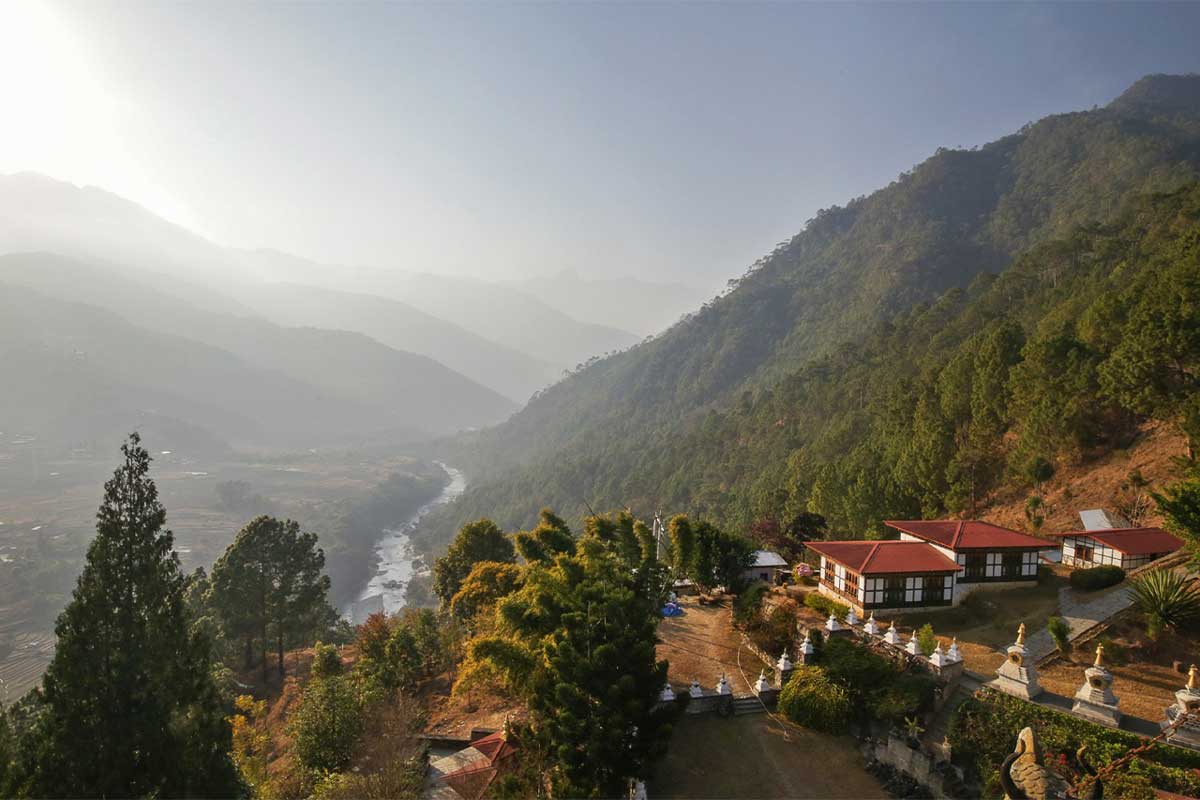
South Africa: The weight of waiting for rain
Examples of this emotional toll can be found in every nation on Earth in every season. But numerous, too, are hopeful, compassionate responses.
One example comes from a vast arid area in the Northern Cape of South Africa, where farmers grapple with what a liveable future could look like in a climate change-altered world, with some questioning whether they’ll survive long enough to make it there.
When I visited the Northern Cape in 2020, another rainy season had come and gone without a drop, and the town of Kenhardt was in trouble. It was long recognized as the heart of a Dorper sheep farming region, with the animals thriving on local grasses, providing meat and livelihoods despite hot, dry annual conditions.
But after eight years of relentless drought, many sheep were dead or dying.
Farmer Willem Symington, head of disaster management for Agri SA, an agricultural industry organization, told me in a 2020 interview that red meat production in the province had plummeted 50%. Farmers were devastated and communities unraveling. I was there to see a convoy of donated goods arrive, including water, basic toiletries and feed for the remaining sheep.
The night of our arrival, grateful local farmers plied volunteers with mutton chops around a braai (barbeque) fire. But hidden beneath that affability was a growing sense of desperation. “Many spent everything they had to feed their animals,” remembers Kobus van Tonder, a Dutch Reformed Church minister in Vanzylsrus municipality.
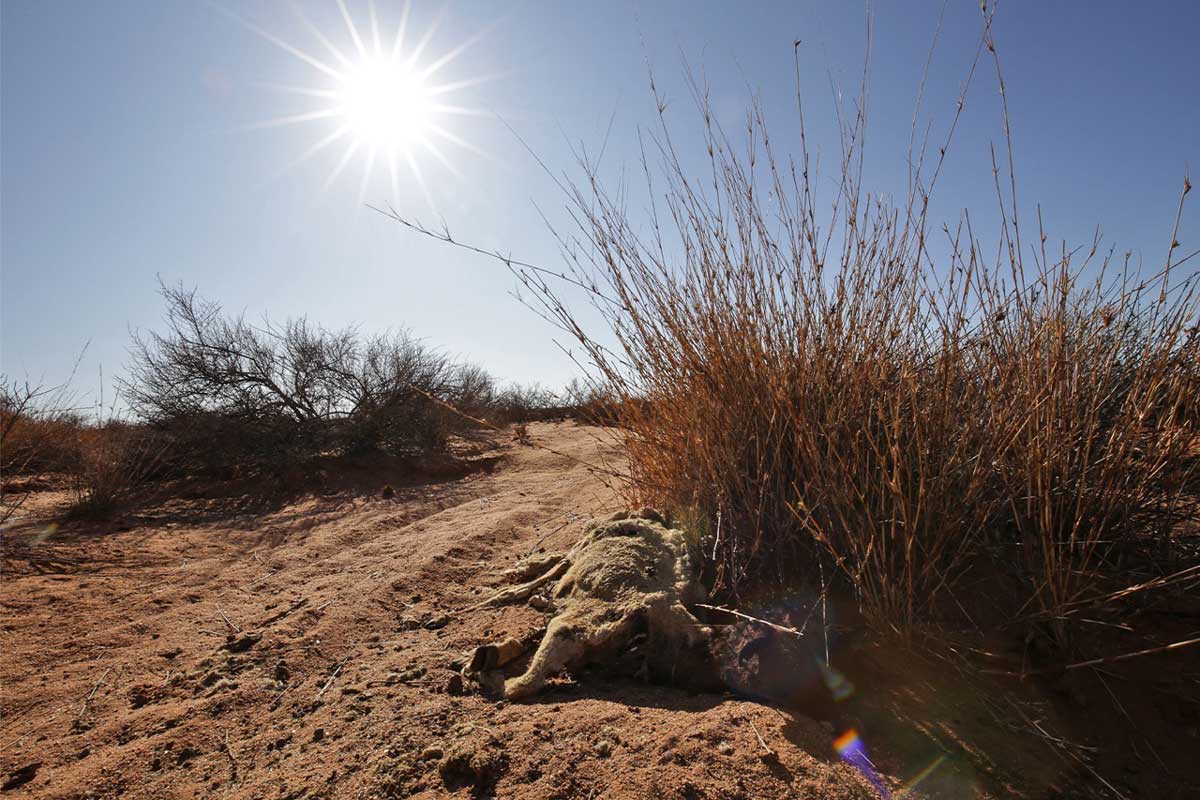
Estie Botha, a social worker for Caritas Community Focus, an NGO, recalls how farmworkers in the deepening emergency were the first to call a drought helpline in distress over their futures on the farms. But soon, it was the farmers’ wives, their children at faraway boarding schools, and extended family members phoning for support.
“We saw farmers fall into total depression,” van Tonder says. Everybody suffered, but the elderly, unable to relocate or change livelihoods, seemed to suffer most. They spent their pensions to keep sheep alive. When offered aid, some only asked for dog food. “Only the sheep dogs were left to help run a formidably demanding farm,” he remembers.
When I call Symington this year, he tells me the rains returned briefly in 2021, then vanished. In the town of Williston, in the Northern Cape, annual livestock production has dropped from 100,000 animals to under 15,000. The local economy, once built around 100 farms, now limps along with just 40. As farms fail, so do shops, hairdressers, mechanics. “The whole network of income disappears,” Symington says.
“This time, people’s resilience is gone,” he observes, with anxiety and depression common symptoms of the extended drought that has crippled farm communities.

Sensitivity to climate change and culture
Whether Northern Cape’s drought is directly linked to climate change is still being debated. But a key feature of South Africa’s projected climate change is rising temperatures, placing a strain on agriculture and water security. Van Tonder references a 2020 study that points to an increase in suicides for each degree rise in temperature.
To best help community members, he has learned to broach the topic of mental health in a culturally sensitive and roundabout way: You don’t ask people right out how they’re feeling but instead ask about the condition of the veld and livestock. Once he understood how to reach out with sensitivity and compassion, he says, “the floodgates opened.”
Experts stress the importance of understanding local cultures when addressing the stress of climate change. Prednison Morales, the mental health and psychosocial support coordinator for the International Federation of Red Cross and Red Crescent Societies in the Asia Pacific region, explains that the strength of their mental health approach lies in its foundation in the local cultures of the countries in which it operates.
“Our network of volunteers on the ground knows the culture and how to deliver the message in a way that the people can understand,” Morales says.
According to the World Health Organization (WHO), the most effective community-based programs recognize people impacted by emergencies, not as passive recipients of external aid or support, but as active participants and leaders in their own efforts to improve individual and collective mental health and well-being.
Stories of adaptation in Northern Cape communities offer glimmers of hope. Botha and van Tonder get excited when they mention a farmer’s wife who launched a soap business and others who have shifted to growing saffron, raising quail or ecotourism.
“Those stories bring hope,” Botha says.
But for communities to fully benefit, they need more trained mentors to help empower individuals to create alternative futures for themselves, van Tonder says. Botha emphasizes the value of interactive support. Isolation can be deadly, she says. “The hardest-hit farmers were the ones cut off from their communities.” Government support is also integral.
But Symington admits to not knowing what the worsening climate change future holds. “That,” he says, “is the million-dollar question.”
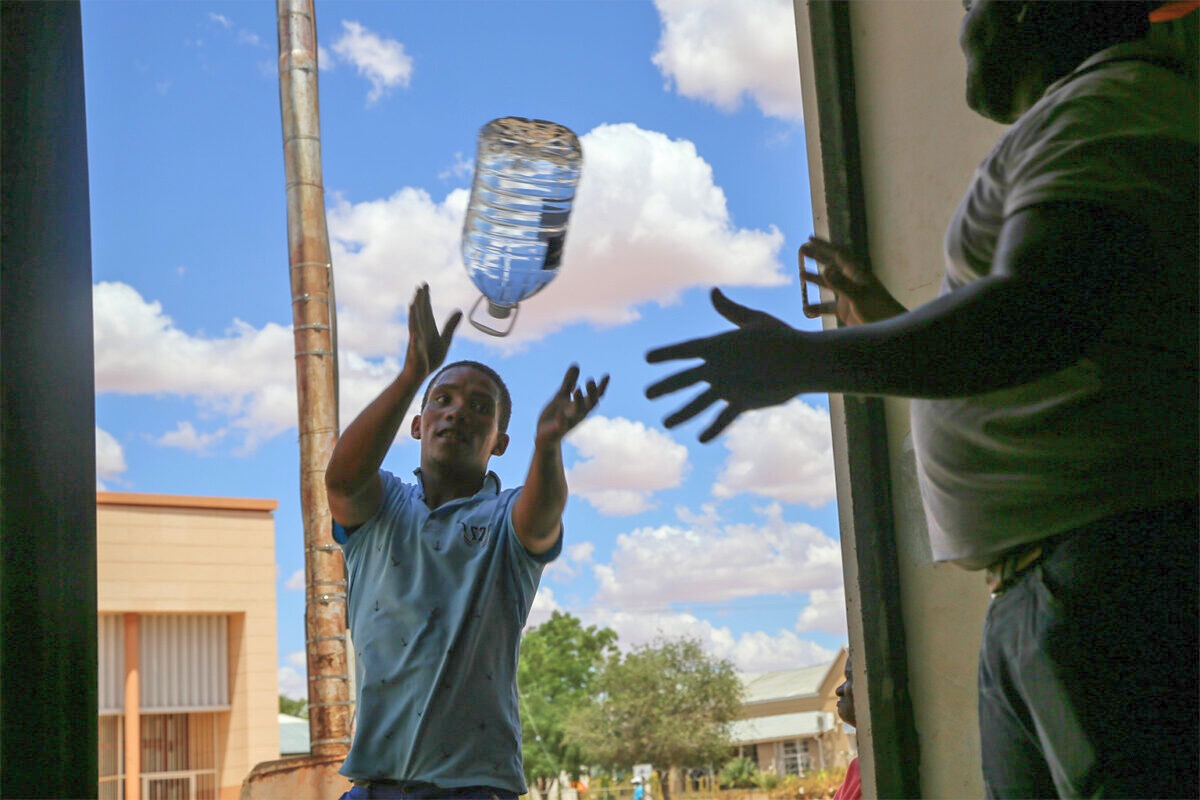
Nigeria: The gendered toll
As drought wears down South African communities, climate extremes in Nigeria illustrate the outsized mental and emotional consequences on women and children. Climate change projections for Nigeria include rising temperatures, increased rainfall and floods.
Psychologist Aisha Bubah, founder of Idimma, an NGO offering mental health services in Nigeria, says the climate crisis has intensified family stress, with a growing number of women and children seeking help from the NGO. “Every single day we provide trauma care and psychosocial support to more and more women and girls after sexual and gender-based violence,” she says. “And still, we can’t reach everyone.”
In 2022, the country experienced its worst flooding in more than a decade, displacing 2 million people. The floods were caused by heavier rainfall attributed to climate change, along with the need to release excess water from the Lagdo Dam. Many storm survivors now live in displacement camps, where Idimma offers “psychological first aid” to those who lost homes or loved ones.
Like so many victims of climate change, these Nigerian families were already vulnerable. Bubah lays out a complex story, explaining how the drying of Lake Chad fueled the Boko Haram insurgency. Then, as arable land and water supplies shrank, hunger and poverty rose. The government failed to stem the crisis, as violence and forced displacement followed, with the homeless even more vulnerable to violent weather.
Bubah calls it “a vicious cycle” in which families and communities unravel. Men go elsewhere to find work, while women take menial jobs, often leaving children unprotected. Gender-based violence (GBV), substance abuse and suicide risk are common, she says.
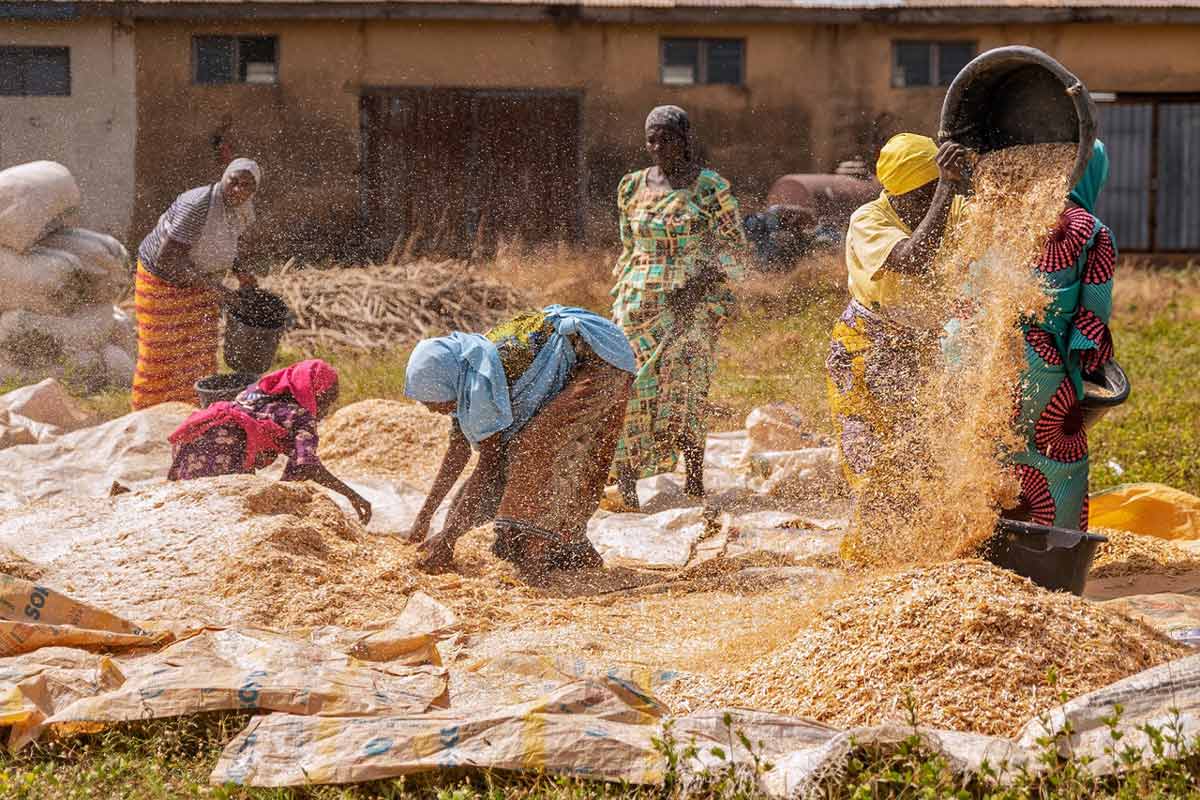
The mental health toll of climate change on women has been well documented. Depression, anxiety and obstetric complications increase after weather disasters. As family resources are allocated elsewhere, women are more likely to die or face reduced life expectancy. Rising climate stress correlates with increased child marriages, adolescent pregnancies, barriers to clean water and fuel and more unpaid care work.
Women in both the Global North and South are impacted. In Canada, for example, police reports showed a 46% surge in GBV cases following the 1980 eruption of Mount St. Helens, (while not a climate event, the eruption blanketed communities with rains of toxic ash). During the record North American ice storm of January 1998, a quarter of all emergency calls received by police in Montreal, Canada, were related to gender-based violence.
Unfortunately, mental health support remains underfunded worldwide and out of reach for many. Nigeria’s psychiatrist-to-population ratio is alarmingly low, with just one psychiatrist per 700,000 people. Idimma now trains lay counsellors to fill the gap, but it’s not enough.
Hope, Bubah says, lies in rethinking funding, systems and responses. “Mental health,” she argues, “must be designed into climate response from day one, not [addressed] as an afterthought.”
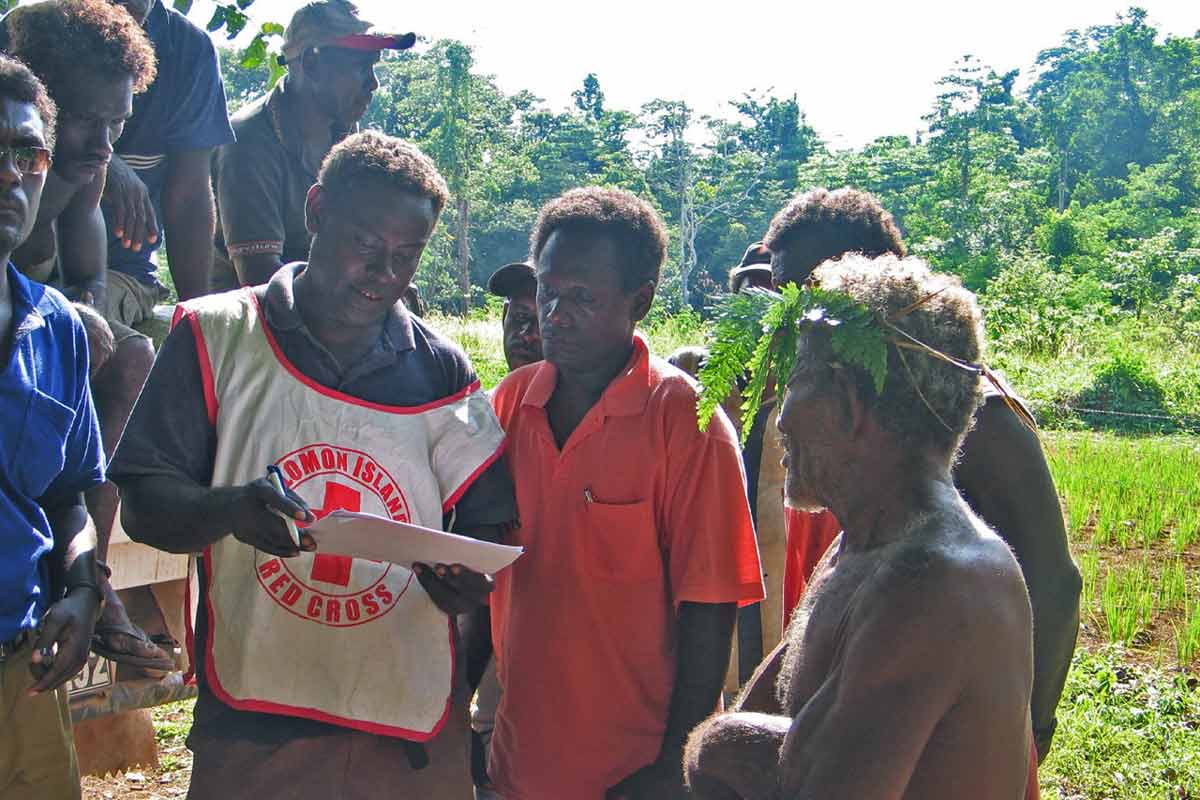
Solomon Islands: Sinking hopes
The effects of failed global climate action are apparent to public health workers in the Solomon Islands, where the archipelago’s frustrated youth watch their homes and futures vanish slowly beneath an ever-rising Pacific Ocean.
For Paikea, a youth volunteer with the Solomon Islands Red Cross Society, global warming isn’t an abstraction. “Climate change is not coming for us,” he says. “It is here, and it will stay.”
The Solomons are being slammed by worsening tropical cyclones, erratic rainfall and sea-level rise, bringing mental anguish. Add to this the resentment felt by youth toward the world’s wealthiest nations and their refusal to curb fossil fuel burning. “In the Western world, you call us third world, right?” he says. “But it’s not us who are causing this.”
Paikea grew up with his grandparents on Bellona (Mungiki) island in the Solomons. As a child, the family harvested bountiful cassava — enough for 20-25 bicycle-loads. Now, he harvests barely three or four bikes-full. Fish catch has declined too. Expensive processed foods have become a fallback, leading to an outbreak of Western diseases like diabetes in Solomon Island communities. Paikea’s grandmother is among those affected. “I know how hard-working she is,” he says. “It’s really frustrating to see these changes.”
This frustration is widespread, says Eliza Yee Lai Cheung, a clinical psychologist with the Hong Kong Red Cross. She has seen firsthand the anxiety, disappointment, vexation and anger, especially among youth affected by climate change. “We encourage people to speak and seek help, to have a positive support system, someone they trust and talk to about things happening to them,” she says.
When asked what helps most in easing debilitating symptoms, she points to positive collective climate action — even on a small local scale. Real-world action empowers people, reduces climate anxiety and psychological distress, she explains.
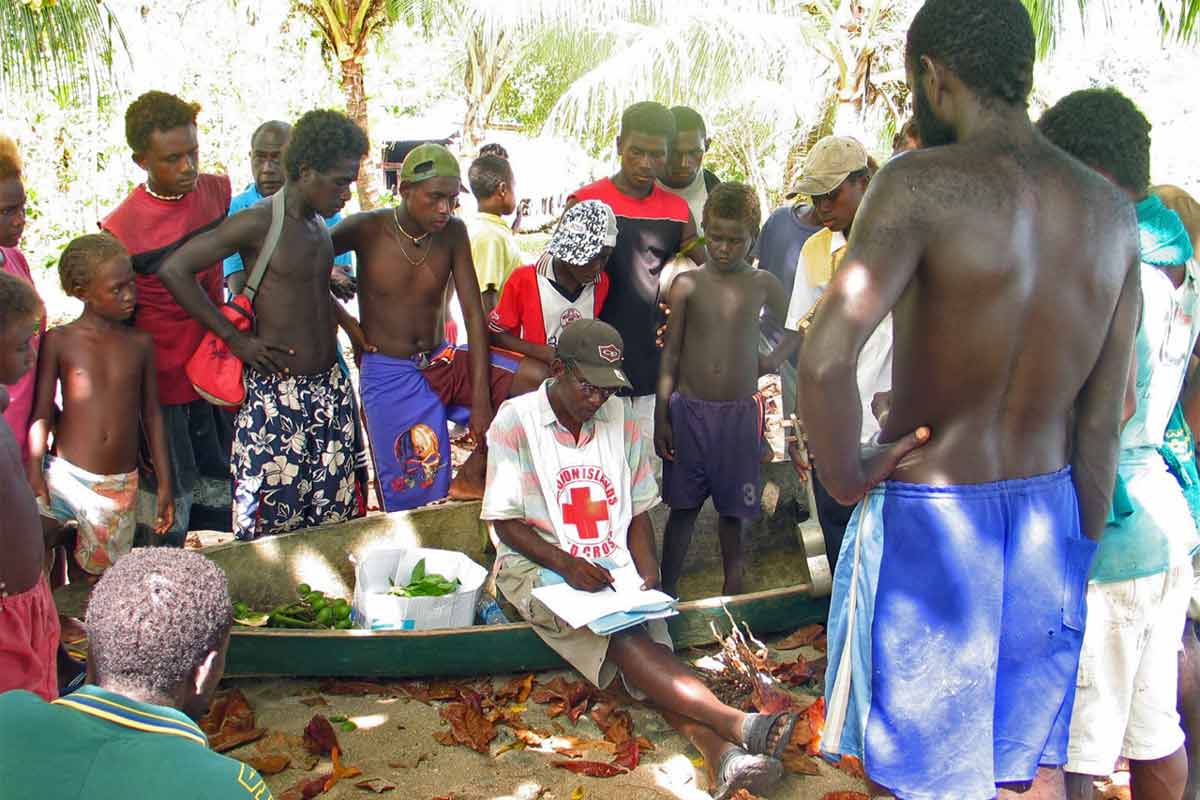
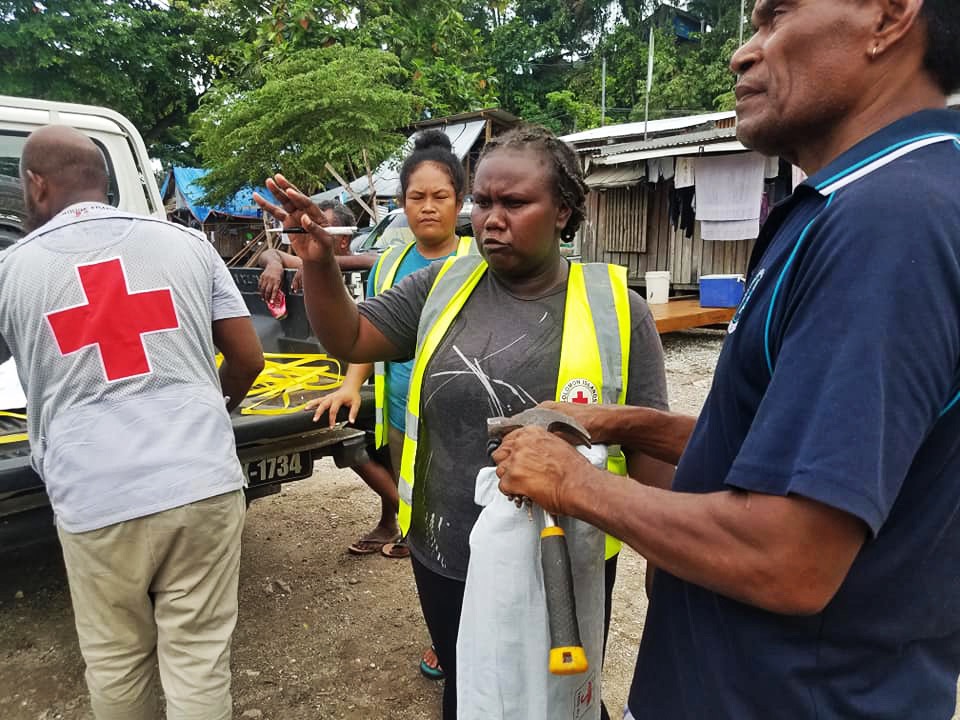
Have you read?
Bhutan: Meeting an uncertain future with resilience
In the mountainous Himalayan Kingdom of Bhutan, social cohesion has served as a powerful buffer against climate change-induced mental stress.
Bhutan, a landlocked Himalayan nation, faces rising climate-related threats, including floods, landslides and glacial lake outburst floods (GLOFs), which are starting to impact the country’s hydropower and core industries of agriculture and tourism.
Tandin Wangmo, a volunteer with the Bhutan Red Cross Society, lives in Chukha, a town nestled in a valley along the Wang Chu River. In recent years, she’s witnessed big changes. “The weather has become less predictable,” she says. Monsoon rains come heavier. Winters aren’t as cold, summers are hotter. “When I was small, we could see snow on the mountains. Now, even in winter, sometimes there’s none. This year, there was no snowfall at all.”
Her father has worked at the local hydropower plant for more than 30 years, but he worries that as the region gets drier, it will no longer be able to generate power.
Wangmo recalls the cataclysmic GLOF from the Lugge Tsho (lake) in 2015. During the night, her friend’s grandfather woke the family, which was living in the Punakha area, in time to evacuate. Bhutan’s leader, King Jigme Khesar Namgyel Wangchuck, visited soon after the disaster and followed up with initiatives to reduce the risk of such events, including community awareness programs and the installation of early warning systems.
“He will look after the people,” Wangmo says. “He’s always done that, and he will do so in the future.” Not only does she “guarantee 100%” that the government will support people in any crisis, but that the nation’s people will help each other.
“Helping each other without excuses is in our genes,” she says.

Other nations offer examples of climate resilience. The WHO points to the Philippines, which rebuilt and improved mental health services after Typhoon Haiyan slammed the islands in 2013. Likewise: India, where the WHO says a government project has scaled up countrywide disaster risk reduction while also preparing cities to respond to climate threats — that includes addressing mental health and psychosocial needs.
Bubah says an increased focus on mental health over and above people’s physical needs is integral. “If a person is mentally broken,” physical emergency relief may not help. “It is like pouring water into a basket; nothing else holds,” she says.
“There is no health without mental health,” Bubah states.
The widespread mental health impacts of climate change in vulnerable communities can be expressed in statistics, but numbers don’t tell the story, says Paikea. The world’s people and governments need to viscerally understand the plight being endured.
“I’m hoping articles like this [one] tell the world stories about us, the people who face the reality of climate change.” Paikea adds that vulnerable people are already trying their best. Now, they want the apathy to stop. “Please listen to us.”
Citations:
Burke, M., González, F., Baylis, P., Heft-Neal, S., Baysan, C., Basu, S., & Hsiang, S. (2018). Higher temperatures increase suicide rates in the United States and Mexico. Nature Climate Change, 8(8), 723–729. https://doi.org/10.1038/s41558-018-0222-x
Bakir, M.M.T., Jahan, N.K. and Yap, C.G. (2023) Impact of Climate Change on Women’s Mental Health: A Narrative Review. Open Access Library Journal, 10, 1-15. doi:10.4236/oalib.1111070.
Wada, Y. H., Rajwani, L., Anyam, E., Karikari, E., Njikizana, M., Srour, L., & Khalid, G. M. (2021). Mental health in Nigeria: A neglected issue in public health. Public Health in Practice, 2, 100166. doi:10.1016/j.puhip.2021.100166

